Plastic Injection Molding Post Processing
There are several post injection molding operations available to complete your project and consolidate your vendors. Check these out below.
Injection Molded Parts Decoration Methods
If you need your injection molded parts decorated for aesthetics, identification, directions or more, there are several different methods to achieve results. Review this methods below.

Pad Printing
The pad printing process consists of transferring a 2D image onto a 3D plastic part. The printing process requires the use of an etched plate (also known as a cliche) and pad to transfer the image. The silicone pad transfers the image from the etched plate to the product. Because of this, printing can be done on various shaped surfaces making it a desirable process for plastic components.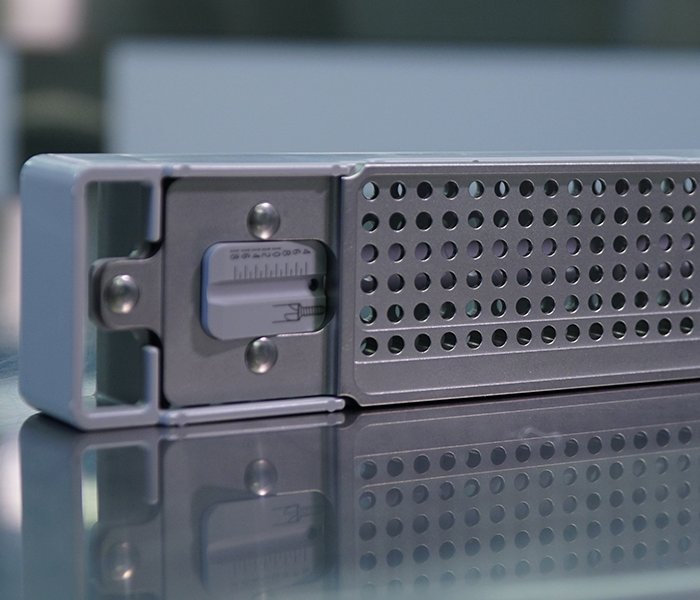
Laser Techniques
1. Laser Marking uses a laser beam to discolor the surface of the material to black or gray, producing the desired text or graphic. The part remains smooth
2. Laser Engraving requires the part's material to be removed by the laser, creating the design.
3. Laser Etching melts the material of the part creating a raised mark on the product's surface making the text or graphic.
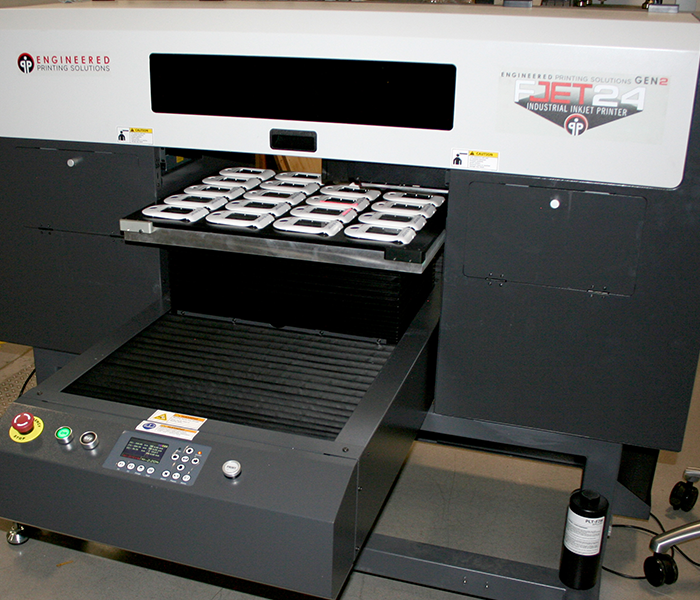
Inkjet Printing
Industrial inkjet printing uses a flatbed UV-Led, high-resolution printer to print images up to 1200 dpi on plastic components. The process can simultaneously print five different colors like a regular paper inkjet printer as well as several parts at one time.Injection Molded Part Assembly Methods
There are four different post-molding part assembly methods used for plastic injection molding. We examine these four different joining methods so you can make the best choose for your project.
Mechanical Fastening
Mechanical fastening is used when a product needs disassembled for servicing or replacement of inner parts. Metal inserts are typically recommended for more stability for the part, and requires the plastic resin to be able to withstand the strain of the fastener and the repeatable stress around the fastener. Mechanical fastener types include screws, rivets, pins, or nuts. Threaded fasteners work best on parts with thicker sections and push on lock nuts or clips are more suited for thinner sections of a part.
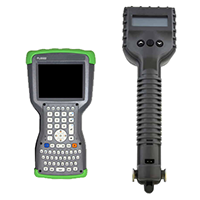
Solvent and Adhesive Bonding
Solvent bonding the plastics are softened by coating them with a solvent, then clamping or pressing them together to form one part. Adhesive bonding consists of two parts joined by a chemical that is applied to the surface of both parts.
These bonding methods require either a solvent or adhesive consumable, but the initial upfront investment is low. Also, requires on-going maintenance of the applicators and associated equipment, but provides flexibility in the process and works well for a wide range of materials and applications.
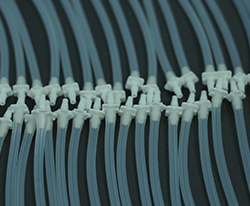
UV Bonding
UV Bonding is the method of using ultraviolet curing with high-intensity ultraviolet light to cure or dry adhesives. This method works well when bonding plastic to non-plastic materials such as glass or metal, but limited to clear materials.

Ultrasonic Welding
The process where sonic pulses are transmitted to the plastic part by a resonant vibrating tool called a horn, which causes two plastic materials to vibrate against each other. The vibration heats and fuses the two parts together. Different resin families can be joined using this method as long as their melting temperatures are within 30°F and their composition is compatible. The technique is fast and offers lower cycle times. Assembly rates of more than 25 parts per minute are possible with a single station.
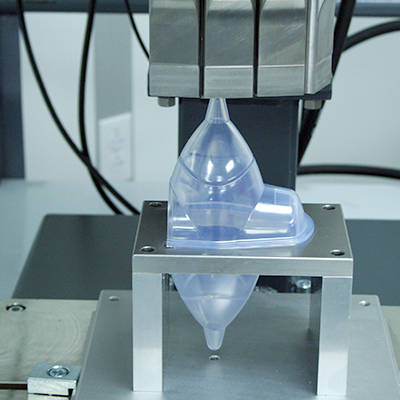
Plastic Injection Molding Packaging & Kitting Services
Kitting
Kitting is the process of putting together a range of products in one ready to use kit. If your injection molder performs this at the point of manufacturing, you will save time and money. It reduces the need for extra material handling because you will have completed assembled kits ready to be shipped to your customer. The kitting process becomes streamlined and faster because so many kits are being put together at one time.
Some examples include medical device trays and surgical procedure kits. Think how kitting services performed by your injection molder will save you time for your project.
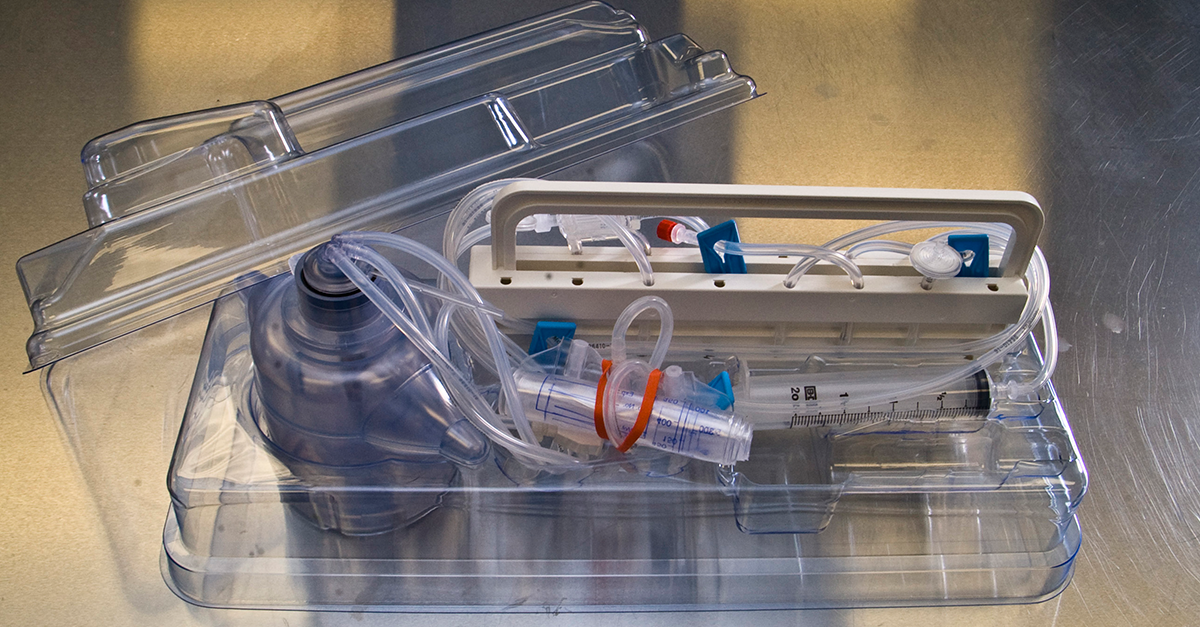
Packaging
Packaging includes putting parts or assembled devices in a box for shipping to your facility. Packaging also consists of the part/device packaged in a ready to use or ready for sterilization packaging. Tyvek industrial packaging protects parts from environmental factors like elevated humidity, condensation, fiber contamination, as well as provides a particle barrier. The Heat sealing process ensures a durable seam for the package. It also allows for printing using standard commercial printing equipment. Packaging comes in custom sizes, seals and is available in coated or uncoated versions depending on your application.

Shielding & Plating
Shielding becomes necessary because plastics allow for EMI, RFI, and ESD interface, which is catastrophic for electronics, so a thin layer of aluminum provides EMI, RFI, and ESD absorption.
Plating is the process of applying a metal coating on a plastic part to enhance corrosion and wear protection, add electric conductivity, or improve part appearance.
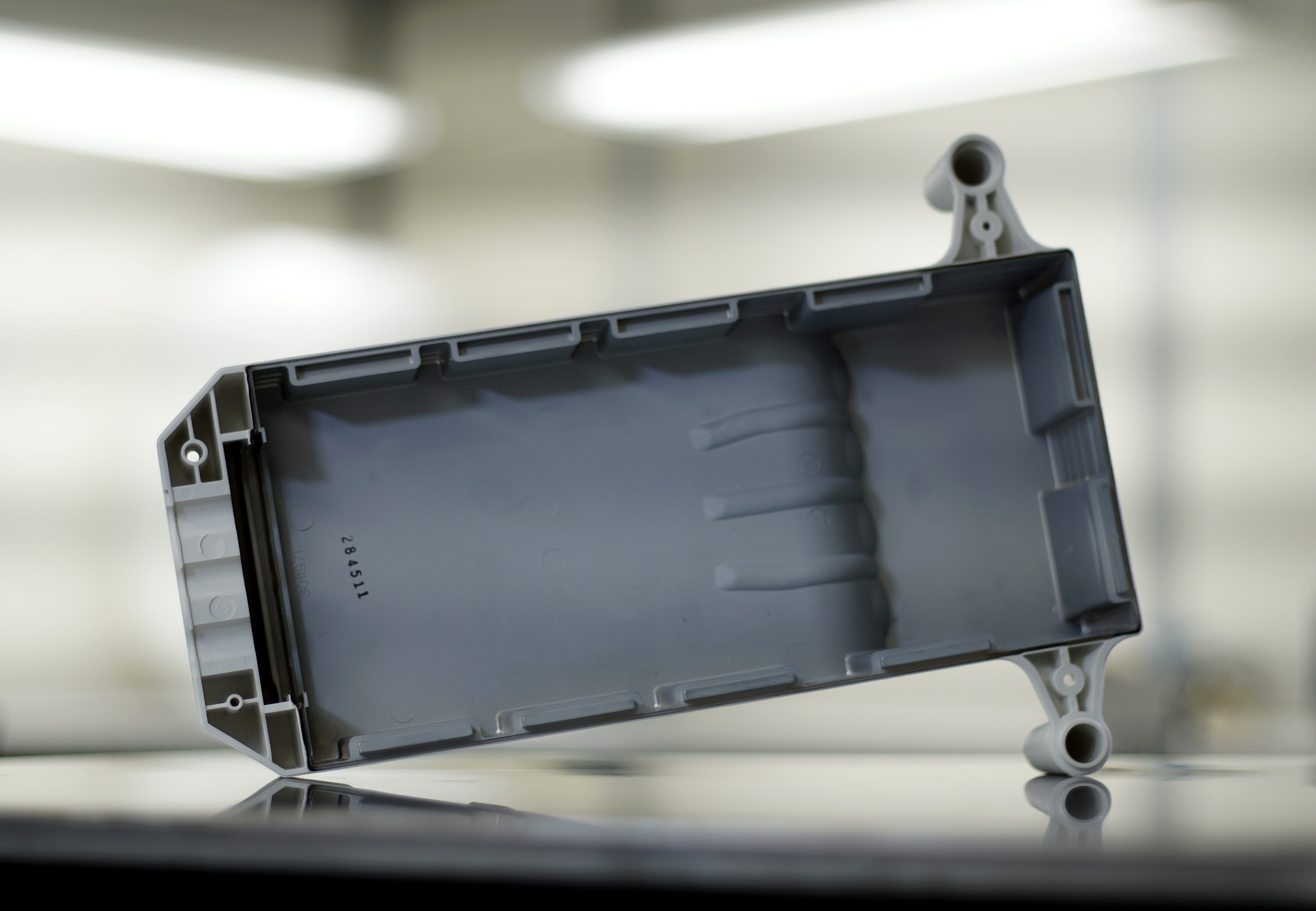
Leak Testing
Leak-testing consists of different methods of measuring the integrity and leak-proofness of a plastic part. Pressurized fluid, pressurized air/gas, and vacuum testing are the various methods used. Pressurized fluid simulates "real-word" conditions for plastic parts designed to have fluid pass through. The pressure air/gas method will be faster than fluid testing. Vacuum leak testing works well when you have a part that will have an internal vacuum applied. Vacuum testing can create leak paths that are not shown by pressure testing.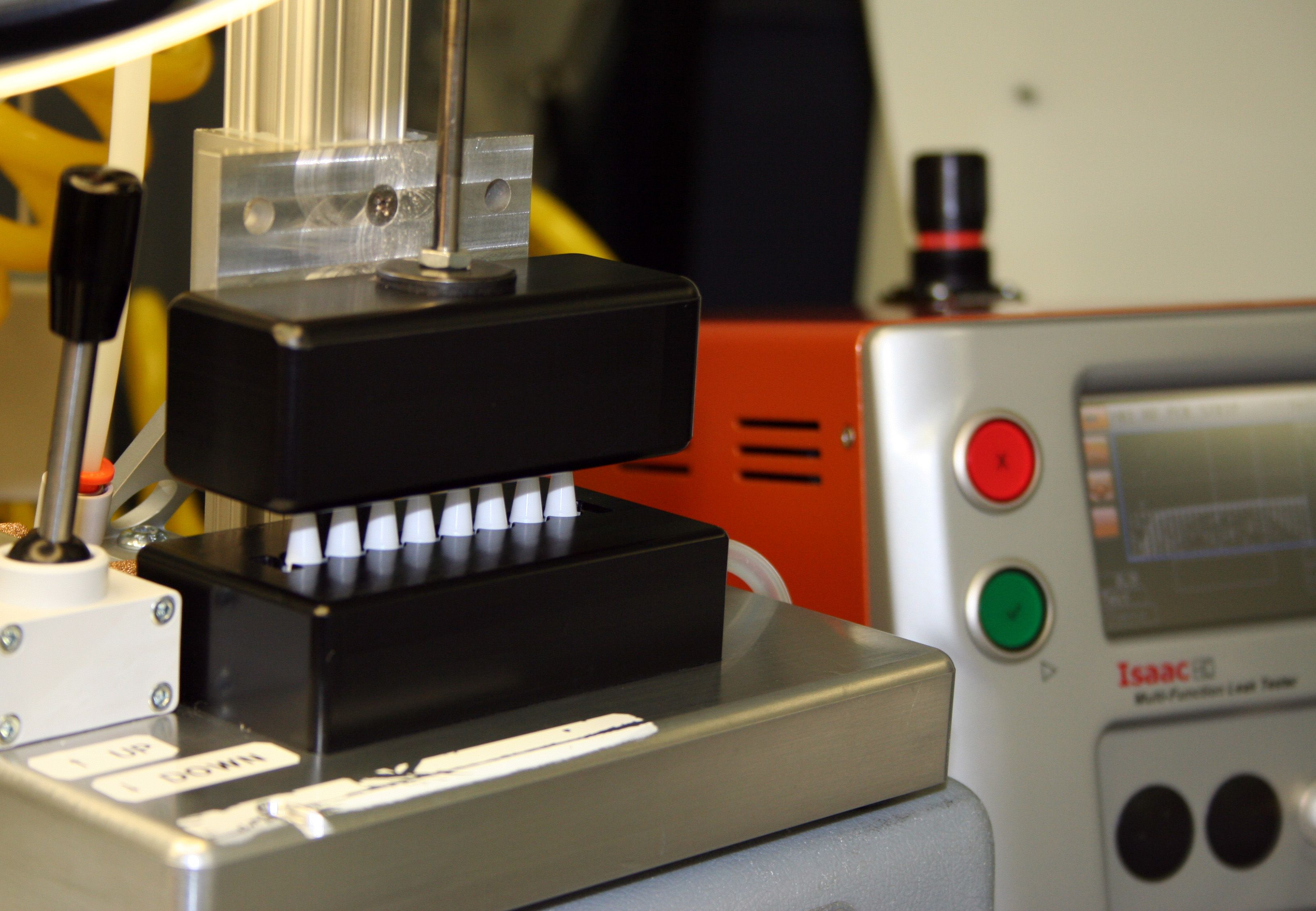
Annealing
Annealing incorporates heating the plastic part to half of the melt temperature in a forced air circulating oven and then letting the part cool back down, causing the material to relax, reducing the molded stress. Annealing helps part stability over time and increases the mechanical and thermal properties.If a part requires painting, annealing typically will be done because the tiniest of cracks will be very visible against the paint.
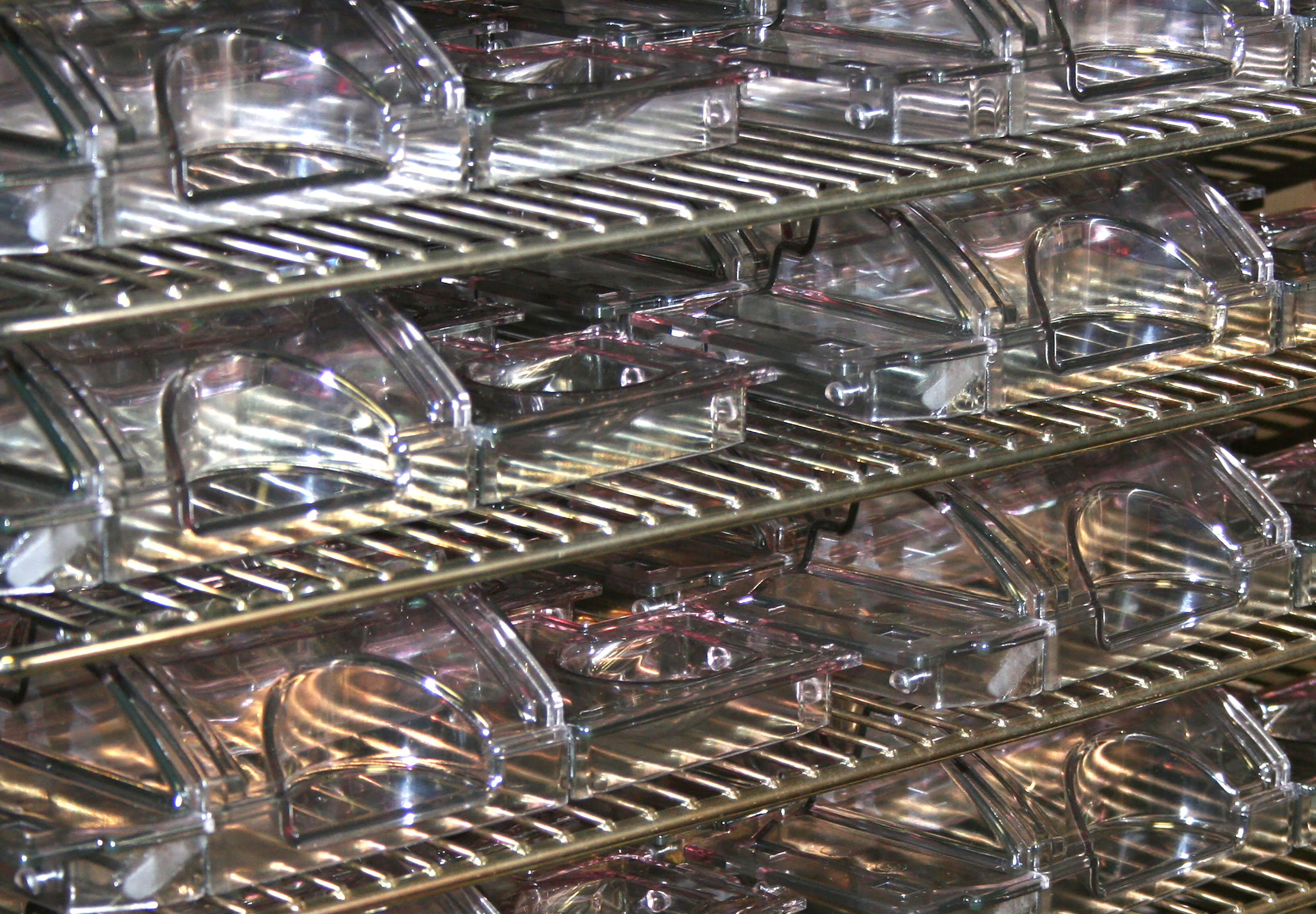
Crescent Industries QRM Workcell for Post-Molding Operations
 This Quick Response Manufacturing (QRM) Workcell consisting of injection molding presses to manufacture the molded components, and all equipment necessary to perform the post-molding operations (kitting, assembly, pad printing, industrial inkjet printing, laser marking, milling, etc.) As well as the packaging and labeling for shipment to you.
This Quick Response Manufacturing (QRM) Workcell consisting of injection molding presses to manufacture the molded components, and all equipment necessary to perform the post-molding operations (kitting, assembly, pad printing, industrial inkjet printing, laser marking, milling, etc.) As well as the packaging and labeling for shipment to you.
The benefits include the elimination of non-value operations by locating people, equipment, and resources in a single path cell for increased throughput and reduction of lead times.
